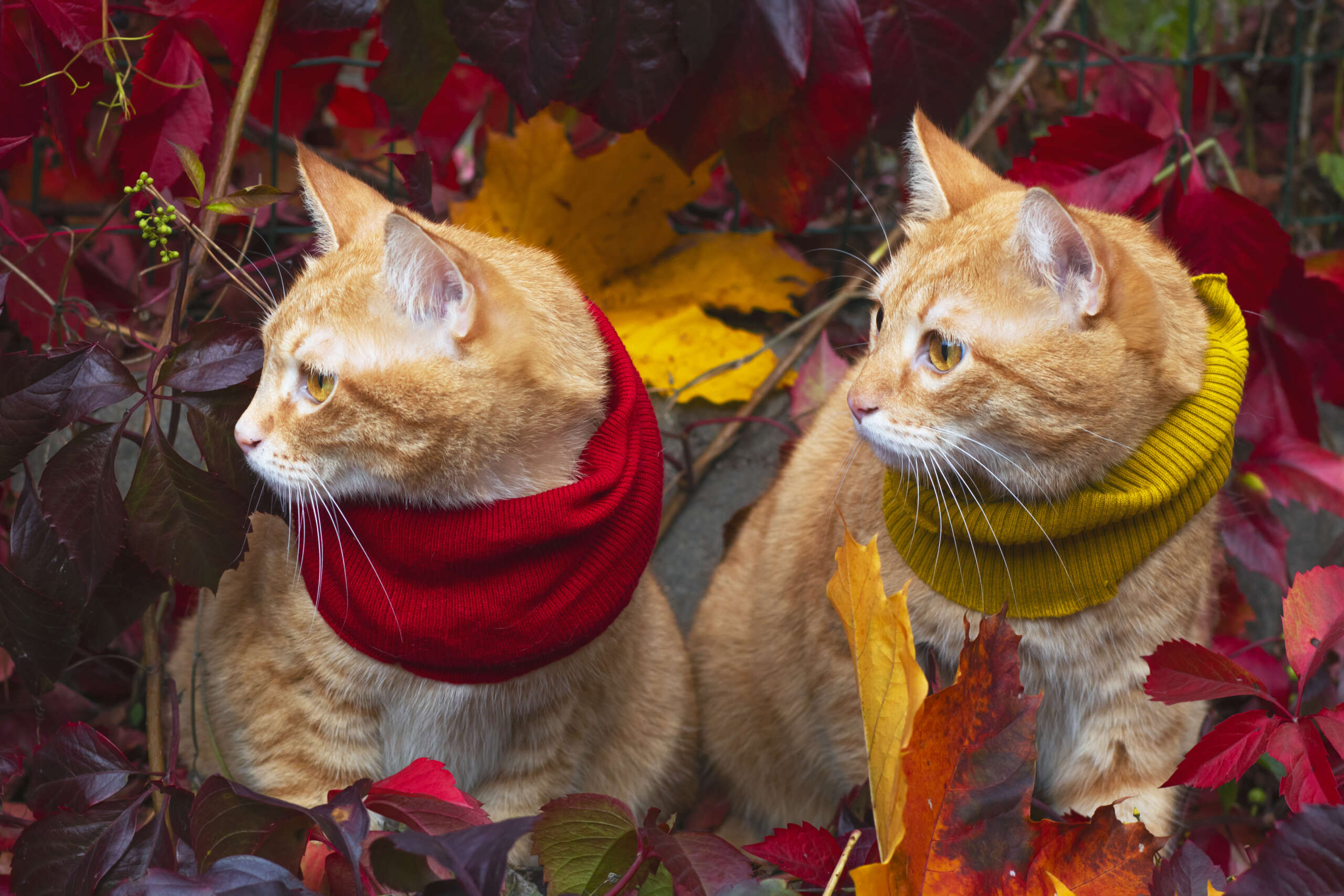Share This Article
Behind every city block and down every alley exists a hidden world of remarkable feline survivors. Often overlooked street cats have fascinating stories that deserve to be told. Let’s explore the complex lives of these urban adventurers and understand how they’ve adapted to city living.
The Hidden Lives of Urban Cats
Street cats, also known as alley or feral cats, have developed remarkable adaptations to survive in urban environments. Unlike their domesticated cousins, these cats have created their societies with intricate social structures and survival strategies.
Territory and Social Structure
Urban cats establish complex territorial boundaries that might surprise many observers. These territories often follow human-made structures but with a feline twist:
Alleyways become highways for cat communities, with specific paths designated for different activities. Loading docks and parking lots transform into gathering spots where cats socialize and share resources.
Protected spaces under porches and in abandoned buildings serve as nurseries for new litters, carefully hidden from potential threats.

Survival Strategies in the Concrete Jungle
Street cats have developed impressive survival techniques that showcase their intelligence and adaptability:
Weather Adaptation: They’ve learned to predict weather patterns and find shelter accordingly, often using human structures in creative ways.
Food Sourcing: These clever felines have mastered the art of finding sustenance, whether through hunting urban wildlife, scavenging, or identifying friendly humans who provide regular meals.
The Impact of Human Activity
The relationship between street cats and humans is complex and varies significantly across different urban areas:
Some neighborhoods embrace their street cat populations, with residents working together to provide food and basic care. Other areas see conflicts arise, particularly when cat populations grow too large for the available resources.
Community Cats and Public Health
While some view street cats with concern, these felines often provide valuable services to urban environments:
Rodent Control: Street cats are natural pest controllers, helping to keep rat and mouse populations in check.
Ecosystem Balance: They play a crucial role in maintaining urban wildlife equilibrium, though this requires careful population management.
Supporting Street Cat Communities
For those interested in helping street cats, there are several responsible ways to get involved:
Work with local TNR (Trap-Neuter-Return) programs to help control population growth humanely. Support local feeding stations and shelter initiatives that help maintain healthy cat colonies.
The Future of Urban Cat Communities
As cities continue to evolve, the future of street cats remains a topic of discussion among animal welfare advocates and urban planners. Finding balance between human development and preserving space for these urban wildlife communities presents ongoing challenges and opportunities.
The stories of street cats remind us that even in our most developed urban spaces, nature finds a way to adapt and thrive. These resilient felines have created their own world parallel to ours, full of complexity, social bonds, and survival strategies that continue to fascinate those who take the time to observe and understand them.
By sharing these untold stories, we can foster greater understanding and compassion for the cats that share our urban spaces, leading to more harmonious coexistence between humans and their feline neighbors.


